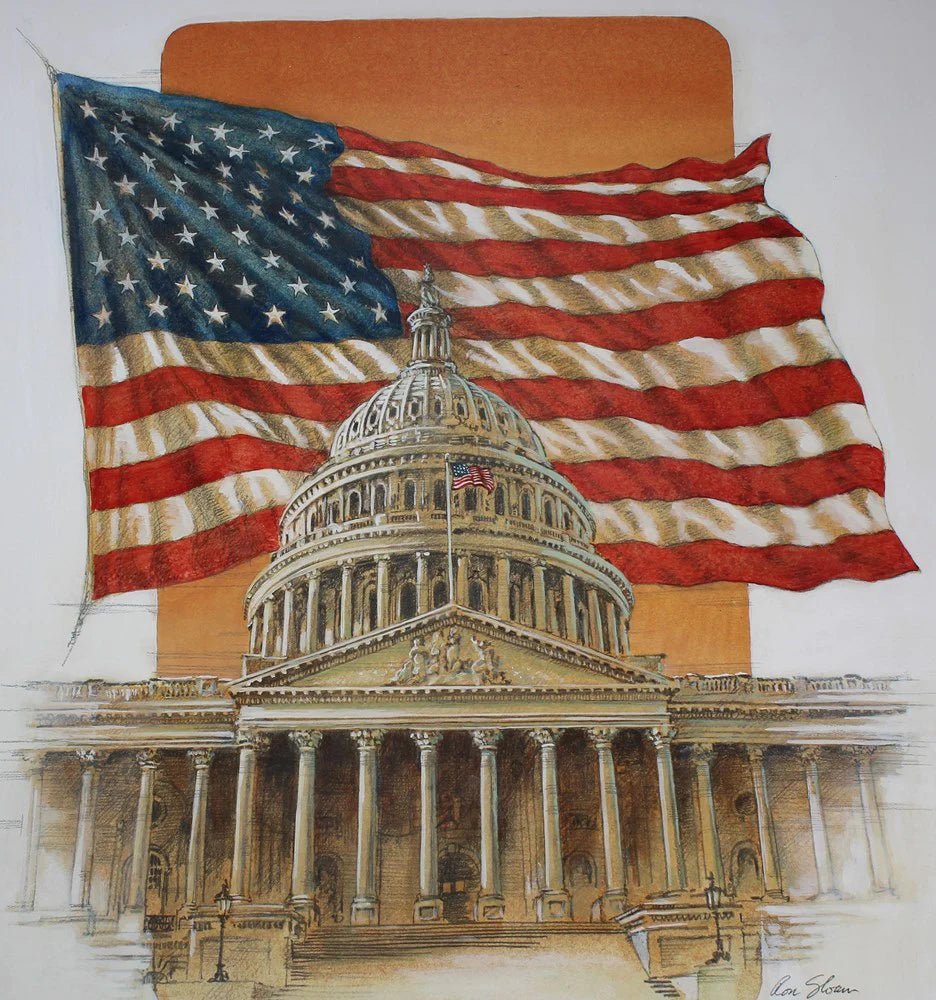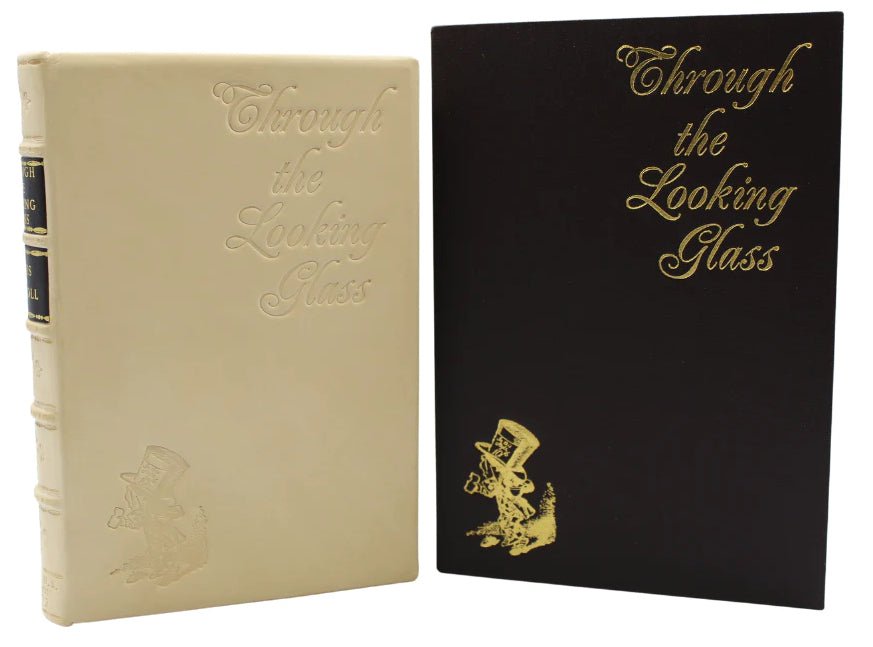First Blow for Liberty
New to our collection is this hand-colored engraving titled “First Blow for Liberty: To the Memory of the Patriots of 1775.” The engraving depicts the minutemen at the Battles of Lexington and Concord, engraved by Alexander Hay Ritchie after artist Felix O.C Darley. The work was published by Mason Bros. in New York in 1868.
The Battles of Lexington and Concord were fought on April 19, 1775, and were the first official battles of the American Revolutionary War. On the night of April 18, 1775, some 700 British troops marched from Boston to the nearby towns of Lexington and Concord in order to seize an arms cache from the colonists. Tensions had been building for many years between residents of the thirteen American colonies and the British authorities, particularly in Massachusetts. The British hoped that by seizing the stockpile of weapons, they could suppress the possibility of rebellion. Patriot spies soon got wind of the plan, and thanks to an intricate alarm system including Paul Revere's midnight ride, they were ready to meet the British troops.
When the British reached Lexington, their hundreds of troops heavily outnumbered the colonist militiamen. Given the disparity, colonists were ordered by their commander to disperse when a shot rang out. To this day, no one knows which side fired first. Gunfire was subsequently released, leaving eight militiamen dead and nine wounded, as well as one Redcoat injured.
The British continued their march towards the neighboring town of Concord. By that time, almost 2,000 militiamen—known as minutemen for their ability to be ready on a moment’s notice—had descended to the area. The minutemen were able to group together and keep the British at bay across the North Bridge that led into town, forcing the British to retreat. The incident was later memorialized by Ralph Waldo Emerson in his 1837 poem “Concord Hymn,” whose opening stanza is: “By the rude bridge that arched the flood/Their flag to April’s breeze unfurled/Here once the embattled farmers stood/And fired the shot heard round the world.” This print is dedicated at the bottom title margin “To the Memory of the Patriots of 1775” along with an excerpt from Emerson’s “Concord Hymn” about the “shot heard round the world.”
Shop this print now on our website, or consider the two posters below, depicting the famous Minute Man statue in Concord, MA.
"For Defense. Buy United States Savings Bonds and Stamps." Vintage WWII Poster, 1941
"For Freedom's Sake. Buy War Bonds" Vintage WWII Poster, 1943








